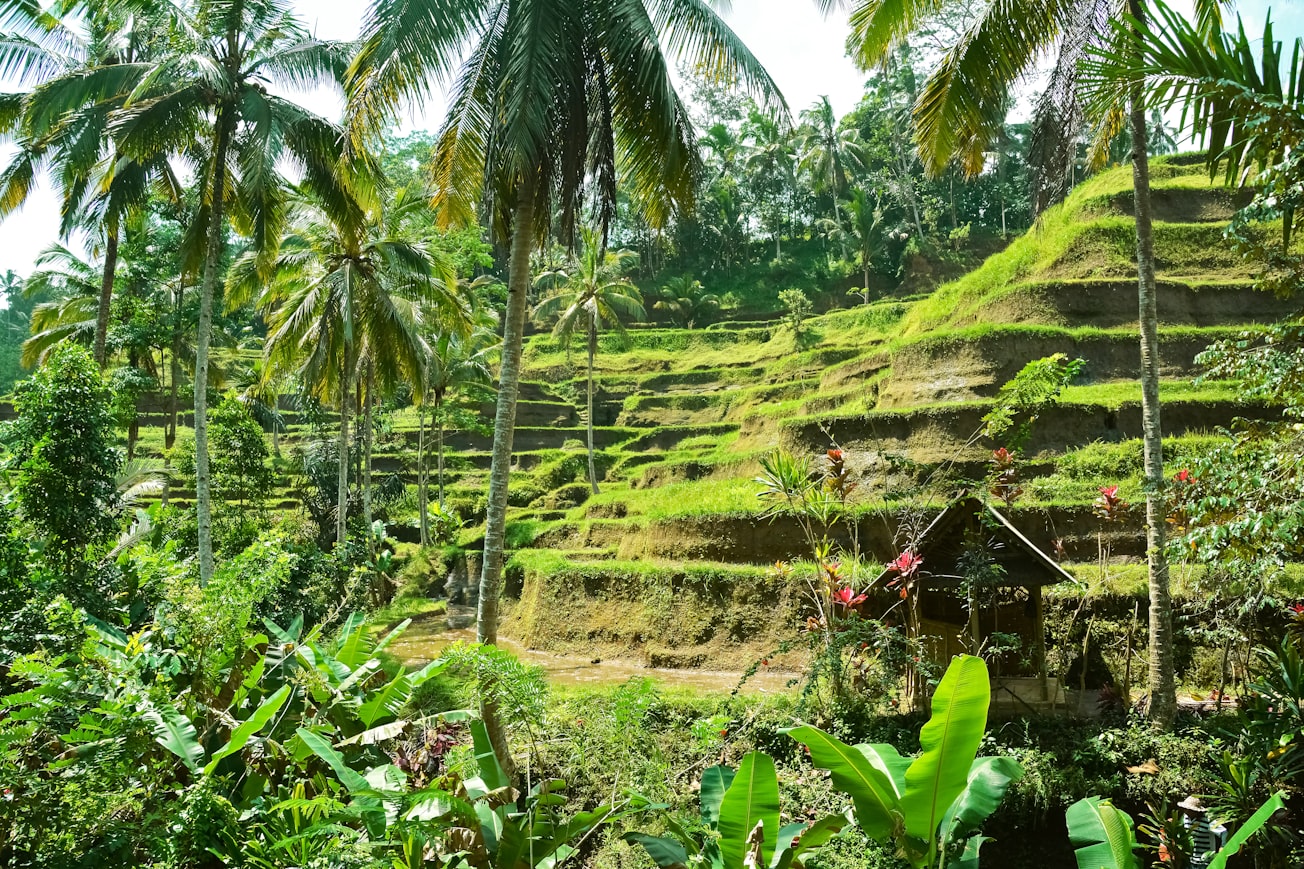Featured Image

Photo by Jeremy Bezanger on Unsplash
Why is it important?
Agroforestry has the capacity to reduce the poverty, enhance livelihood, improve food security and mitigate the climate change impact. The agroforestry suitability mapping is performed using geospatial technology based on similar guideline documented by FAO for Land suitability mapping. The study aims for applying remote sensing and GIS technology towards various spatial (soil and environmental) datasets in Dumka district of Jharkhand, India to achieve a nutrient availability and agroforestry suitability map. The Landsat satellite data, ASTER DEM and decadal annual rainfall datasets were utilized to generate wetness, landuse/ land cover (LULC), elevation, slope, and rainfall map. LULC map was utilized to identify the open area land in which agroforestry suitability was evaluated. Various thematic layers such as soil nitrogen (N), phosphorus (P), potassium (K), organic carbon (C), pH and sulphur (S) were used for generating nutrient availability map. The agroforestry suitability map was generated utilizing the layers viz. nutrient availability, slope, wetness, rainfall and elevation by GIS integration/modeling in ArcGIS 10.1 software by providing different weight to each thematic layer as per its importance in the study area. The thematic layer weight was calculated based on pairwise comparisons (a standard statistical procedure). Finally agroforestry suitability maps were generated in the form of high, medium and low grid with spacing (1km × 1km). We also generated poverty map, one of the complete watersheds in the part of the study area and drainage map in whole study area to understand its proximity toward high agroforestry suitability grid. The study shows that the total open area land grids were 3421 out of which 50% of grid was found to be highly suitable towards agroforestry. Furthermore a watershed, drainage pattern and poverty map were analyzed based on its proximity toward high agroforestry suitability. The study reveals high agroforestry suitability land grid proximity towards high poverty grid was approximately more than 70%, whereas the proximity to the drainage pattern was roughly 60%. One of the completed watershed in the part of the study area evaluation reveals approximately 50% of the watershed area grid has the proximity of high agroforestry suitable land grid. The high agroforestry suitability and its proximity/relationship with high poverty, drainage pattern and in watershed based analysis provides golden opportunity to the local poor people to harness agroforestry practices by adopting intensive soil and water conservation measures if supported by sufficient funds/technology will largely help in mitigating poverty and enhancing the livelihood. The ongoing agroforestry projects can be further extended in the open areas of high agroforestry suitability grid for long term benefits of diversified output.
Read the Original
This page is a summary of: Geospatial Approach for Agroforestry Suitability Mapping: To Enhance Livelihood and Reduce Poverty, FAO based Documented Procedure (Case Study of Dumka District, Jharkhand, India), Biosciences Biotechnology Research Asia, June 2017, Oriental Scientific Publishing Company,
DOI: 10.13005/bbra/2491.
You can read the full text:
Contributors
The following have contributed to this page







